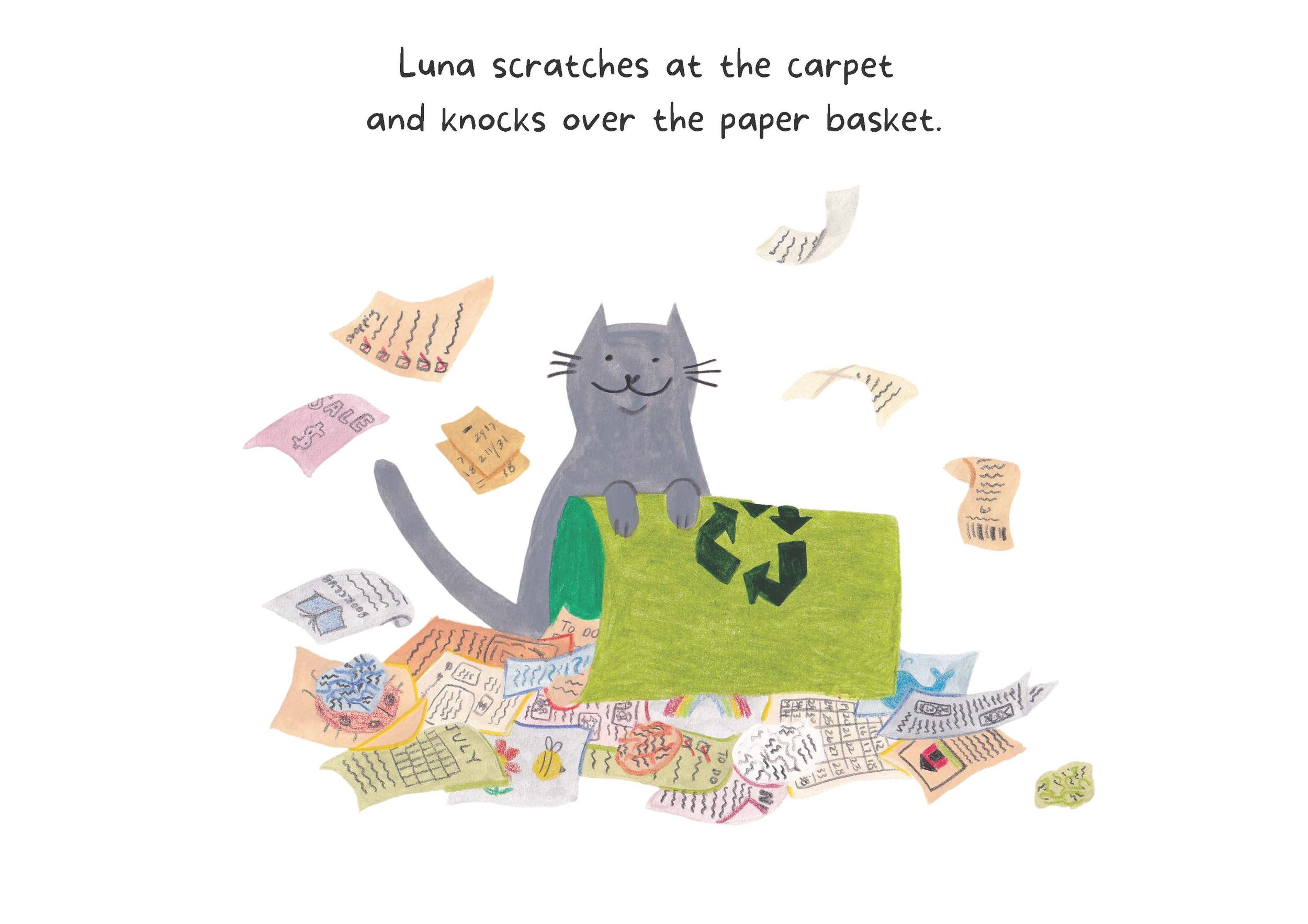
Cat Containment
In April 2023 Queanbeyan Palerang Regional Council (QPRC) made the unanimous decision to adopt extend its existing cat containment policy beyond Googong to include Elm Grove, Braidwood Ridge, South Jerrabomberra and all future new greenfield developments within the local government area (LGA). The new policy meant that householders in those suburbs were required to keep their cats always contained within the boundaries of their property or under effective control if moving off their property (e.g. on a leash). In February 2025, Council extended this policy to all urban areas of QPRC.
It will be introduced in two stages:
From 1 July 2025 (for new cats born after 1 March 2025) and
1 July 2026 (for all other cats).
Read more about the QPRC cat containment policy and owner responsibilities.
Queanbeyan Landcare was an active participant in the development of this policy and will advocate for its evaluation after an introductory period.
This change in policy arose because of representations from Queanbeyan Landcare and concerned citizens over the impact of domestic cats on native wildlife and concern about the welfare of the cats themselves. It follows the introduction of a similar containment policy in the ACT in 2022. As noted in the ACT policy, the welfare issue is important - roaming domestic cats are likely to live only half as long as cats that are fully contained, due to interactions with cars, increased disease (e.g. feline viruses, infections caught from wildlife, and parasites), the results of fighting with other cats and, possibly, predation of young, elderly or sick cats by foxes. The impact of cat fights is significant, with a 2017 Australia/NZ survey revealing that these were the reason for over 29% of veterinary visits by cat owners each year.
NSW remains one of only two States that has no state-wide cat containment laws. The issue has been considered federally, with a 2021 report confirming that cats are the primary drivers of native animal extinction in Australia, noting that pet cats kill up to 390 million animals each year. This report recommended compulsory registration of pet cats (already part of the policy in QPRC), compulsory spaying (recommended but not compulsory in QPRC) and night-time curfews (already compulsory in Victoria, ACT, Tasmania, Queensland, South Australia and the NT).
Recently, Queanbeyan Landcare lodged a submission with the NSW government in relation to its 2025 review of the NSW Companion Animal Act, advocating for cat containment laws at State level. The outcome of that review is expected later in 2025.
Molonglo Conservation have published three children’s stories about Luna the Stay-At-Home Cat. The series aims to help young people learn about cat containment, what it means for the environment and their home. It is the responsibility of pet owners to ensure that their pets aren’t a danger to the public, themselves or to wildlife. Cats are capable of living fulfilled and enriched lives contained in the home, this series accompanied with the curriculum aligned education resource can be used as a tool to help inform young children and their families about the responsibilities of owning a cat.
Download each Chapter as a PDF Book via the image links below.

Luna the Stay-at-Home Cat
For more information about these books and other resources, contact Molonglo Conservation Group.







